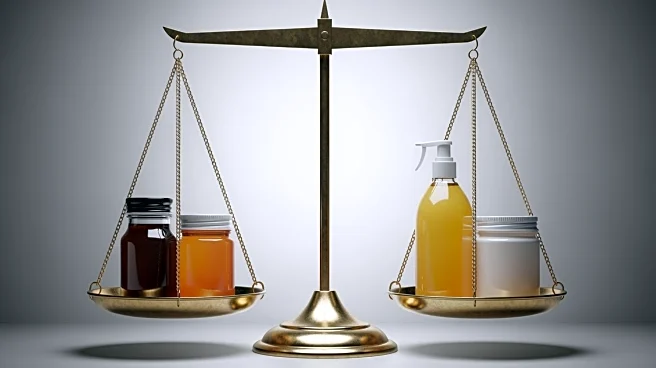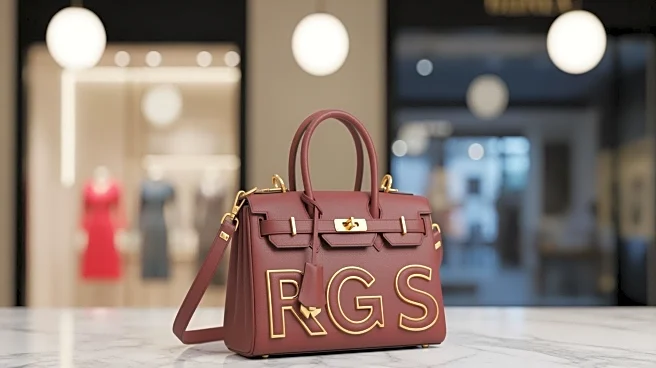What's Happening?
The consumer products industry is witnessing a surge in 'dupes,' which are products that closely mimic the appearance and functionality of well-known brands, often at a lower price point. This trend has sparked numerous legal disputes as established brands seek
to protect their intellectual property rights against what they perceive as unfair competition. The central issue in these cases is determining when inspiration crosses the line into infringement, a question that is becoming increasingly relevant as the market for 'dupes' expands. Legal experts are examining the implications of these disputes for brand owners and consumers alike.
Why It's Important?
The rise of 'dupes' in the consumer products industry has significant implications for brand owners and consumers. For established brands, these products represent a threat to their market share and brand integrity, prompting legal action to safeguard their intellectual property. The outcome of these disputes could redefine the boundaries of intellectual property rights, influencing how brands protect their designs and innovations. For consumers, 'dupes' offer affordable alternatives to high-end products, but they also raise questions about quality and authenticity. The legal outcomes could impact consumer choice and the availability of such products in the market.
What's Next?
As legal battles over 'dupes' continue, courts will need to address the complex issues surrounding intellectual property rights and consumer protection. The decisions made in these cases could set precedents for future disputes, potentially leading to stricter regulations on product design and marketing. Brand owners may need to innovate and differentiate their products further to maintain their competitive edge. Meanwhile, consumers and advocacy groups will likely push for clearer guidelines on product labeling and marketing to ensure transparency and fairness in the marketplace.













